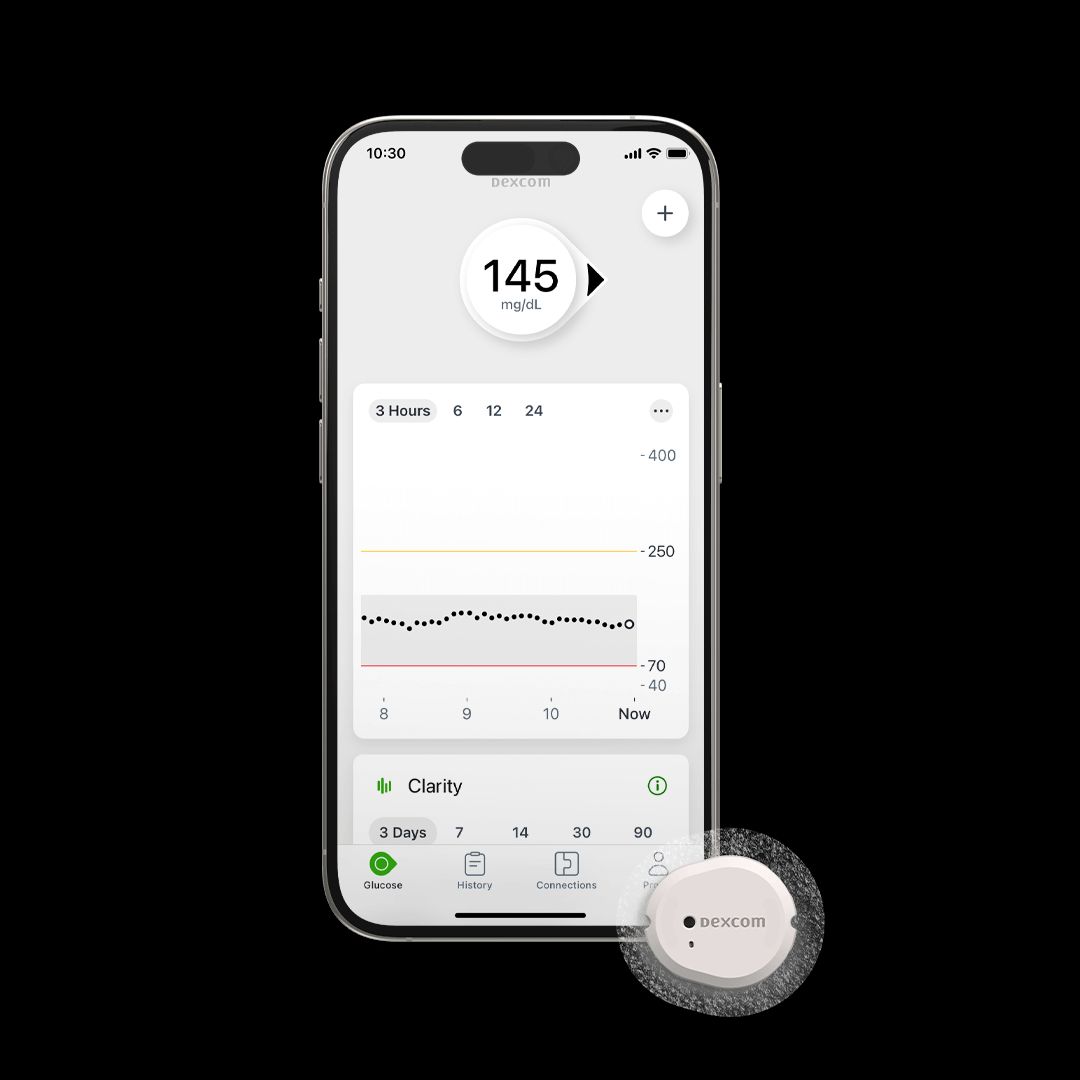Certain vegetables, including potatoes, leafy greens, nuts, seeds, and legumes, can help you consume your necessary iron intake on a vegetarian diet.
Iron is a necessary nutrient for many bodily functions. Iron is found in either heme or non-heme forms: heme comes from animal products, and non-heme comes from plants.
An iron deficiency can cause low energy, breathlessness, headaches, irritability, dizziness, or anemia.
The recommended dietary allowance (RDA) for iron is about 8–18 milligrams (mg)
Trusted Source
daily, depending on age and sex.
Depending on their age, children and adolescents may need more or less. The amount required can also vary from person to person. For people who are pregnant or nursing, this increases to 9–27 mg per day.
The following tables include plant foods high in iron based on the percent daily value
Trusted Source
(% DV). The DV of iron for people 4 years and older is 18 mg.
What legumes have the most iron?
Legumes, including beans, peas, and lentils, are excellent sources of iron.
Listed below are the varieties containing the most iron, from lowest to highest:
Learn about the other health benefits of beans and peas.
Which nuts and seeds contain the most iron?
Nuts and seeds serve as two more iron-rich plant sources.
Those who wish to increase their total daily iron intake should add the following varieties to their diet, as they contain the highest amounts:
Learn about the other nutritional advantages of seeds, nuts, and nut butter.
Need help managing high or low blood sugar? Dexcom G7 delivers real-time insights, 24/7, so you can better control your glucose levels every day. Results you can finally see.
What vegetables are high in iron?
To maximize iron absorption, eat cooked vegetables with vitamin C-rich foods.
Tomatoes contain more iron when dried or concentrated, and potatoes have higher iron when unpeeled with their skins. Sweet potatoes offer a good amount of iron even when peeled.
The following vegetables and vegetable-derived products offer the most iron per serving:
Learn more about the nutritional benefits of tomatoes, potatoes, and leafy greens.
What fruits have the most iron?
Fruit is not commonly the food group that people turn to when wanting to increase the iron content of their diet. Nevertheless, some fruits are surprisingly high in iron.
Here are the best sources of iron in this category.
Learn about the other nutritional benefits of olives, mulberries, and prune juice.
What whole grain foods contain the most iron?
While whole grains have various health benefits, not all are equally beneficial.
For instance, grain processing and refining typically
Trusted Source
remove
Trusted Source
parts of the grain that contain fiber, antioxidants, vitamins, and minerals, including iron.
For this reason, whole grains typically contain more iron than refined grains. That said, most refined grain products are fortified with iron, so they can still be good sources.
The following are types of whole grains containing the most iron per portion.
Learn about some of the healthiest whole grain foods.
What other foods contain the most iron?
Certain foods do not fit in one of the food groups above, yet contain significant amounts of iron. Adding them to your diet can help you meet your recommended daily iron intake.
Learn more about the nutritional benefits of canned coconut milk, molasses, dark chocolate, and thyme.
How do you increase iron absorption from plant foods?
Various strategies can help you increase your body’s ability to absorb non-heme iron. Here are the best-researched methods:
– Eat vitamin C-rich foods: Consuming vitamin C-rich foods at the same time as foods rich in non-heme iron can help increase
Trusted Source
iron absorption.
- Avoid coffee and tea with meals: Drinking coffee and tea can reduce
Trusted Source
iron absorption.
- Soak, sprout, and ferment: Soaking, sprouting, and fermenting grains and legumes can improve
Trusted Source
iron absorption by lowering the amount of phytates naturally present in these foods.
- Use a cast iron pan: Foods prepared in a cast iron pan may provide
Trusted Source
more iron than those prepared in non-iron cookware.
- Consume lysine-rich foods: Plant foods like legumes and quinoa are good sources of protein, which are rich in several amino acids that may help increase iron absorption.
Other frequently asked questions
What food is highest in iron?
According to the Dietary Guidelines of America, iron-fortified, whole grain cereals contain the most iron, with about 16.2 mg per standard serving.
What are the 10 foods highest in iron?
The Dietary Guidelines of America list the following 10 foods as the highest in iron concentration:
– fortified whole grain, wheat, oat, and bran cereals
- oysters
- cooked spinach
- mussels
- cooked Jerusalem artichokes
- cooked white lima beans
- cooked hyacinth beans
- cooked soybeans
- cooked Swiss chard
- duck breast
That said, how you define foods with the most iron can vary based on how you calculate the contents and the types of servings you are using.
Learn more about Healthline’s top 10 foods high in iron and 12 more healthy foods high in iron.
The bottom line
Iron is an essential nutrient for the human body. This mineral can be found in various foods, including many plant foods.
The plant foods listed in this article are good iron sources and contain various other nutrients and beneficial plant compounds.
Thus, adding them to your diet will help you meet your iron requirements and likely benefit your overall health.
图片
